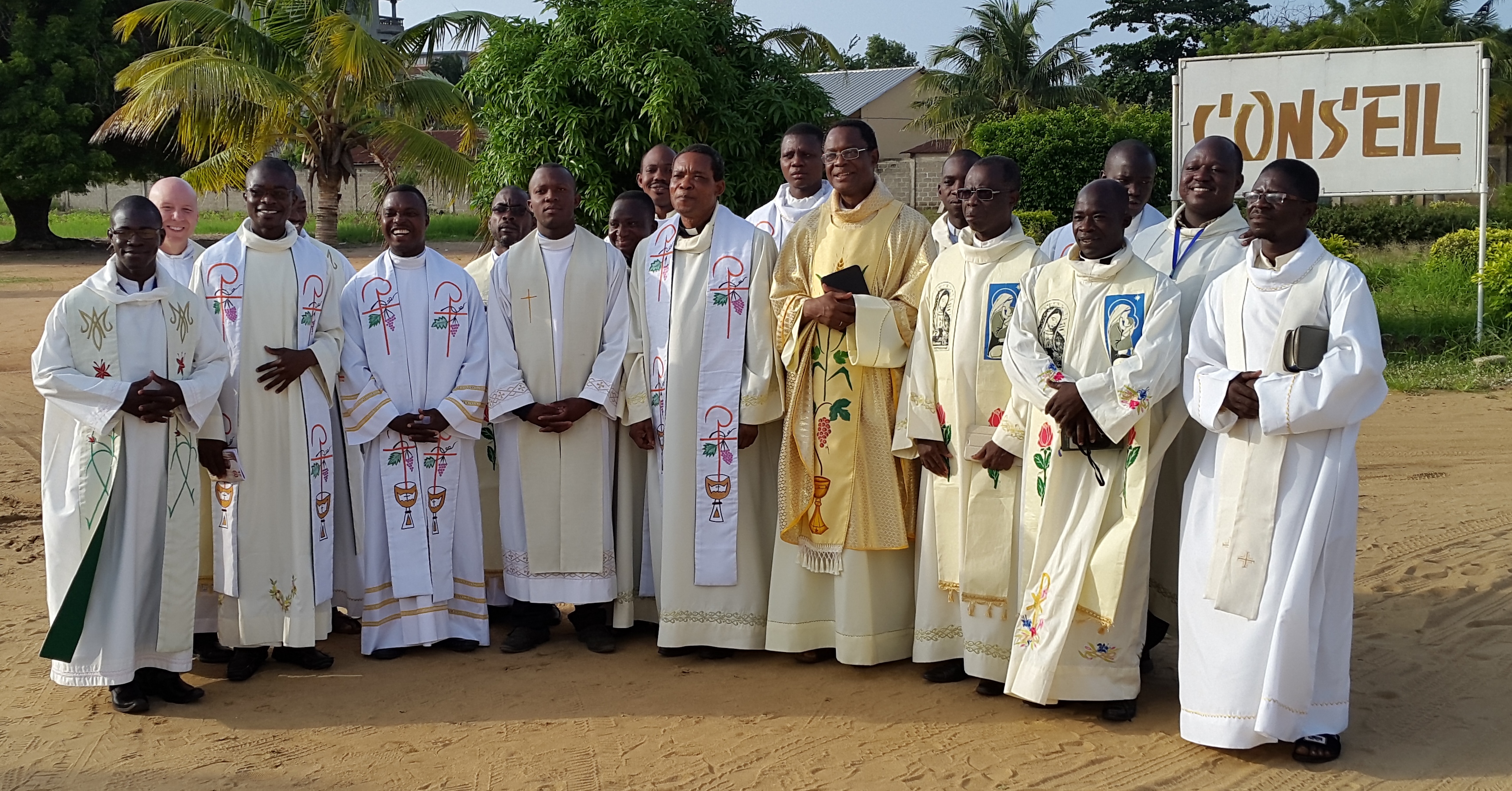
If an individual switches his or her denomination once in his or her early years, he or she is more likely to do so again according to a study by Buster Smith of Catawba College and Chris Scheitle of West Virginia University presented at the late October meeting of the Society for the Scientific Study of Religion in Atlanta, which RW attended. Using the General Social Survey for 2010, 2012, and 2014, the researchers studied the rate of Americans switching between religious groups. They found that those who switch their affiliation by age 16 are far more likely to do so again in subsequent years. Jews and Catholics had high stability, while non-denominational Protestants showed much more movement between churches. African-American Protestants and the non-affiliated were in the middle range of switching. In looking at variables that may affect switching, Smith and Scheitle were somewhat surprised to find that age and gender did not matter, but they did find that divorce and sexual orientation had significant effect for those switching more often.
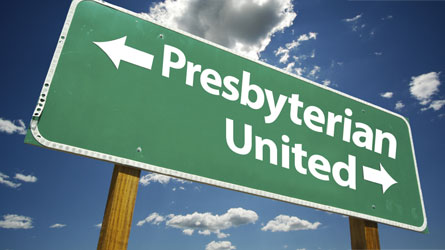
The surprise of this election season may be that there are not many surprises in the patterns of support for the candidates among faith groups, according to scholars speaking at a special session on the 2016 elections held at the late October meeting of the Society for the Scientific Study of Religion in Atlanta, which RW attended. Greg Smith of the Pew Research Center noted that surveys have shown more stability than change: evangelicals have become more conservative and Republican, even with their support for a candidate such as Donald Trump. From August to October, the support for Trump went from 63 to 75 percent. The non-affiliated are about as strongly Democratic as they were in previous elections, as are the African-American. Even mainline Protestants remain in the middling range in their support for the GOP; 55 percent supported the Republicans in 2012, while 50 percent support Trump. Catholics remain divided, as they have been in past years. The biggest change has been among the Mormons, with Republican support down eight percent since just 2015 (let alone the high support for fellow Mormon Mitt Romney in 2012).
Ed Stetzer of Wheaton College drove home the message that evangelical support for Trump is not just at the level of nominal believers (as widely believed last spring) but found among the most active, with about 45 percent of evangelicals supporting the candidate. But there has been a movement of evangelical clergy away from Trump, a pattern more clearly seen among those whom Stetzer calls “evangelical insiders.” Citing a survey by the conservative evangelical magazine World, these 100 “insiders” deemed influential in the evangelical world are far from a representative sample, but since the magazine tilts right of the evangelical center, such a tendency among evangelical opinion leaders away from Trump may be significant.
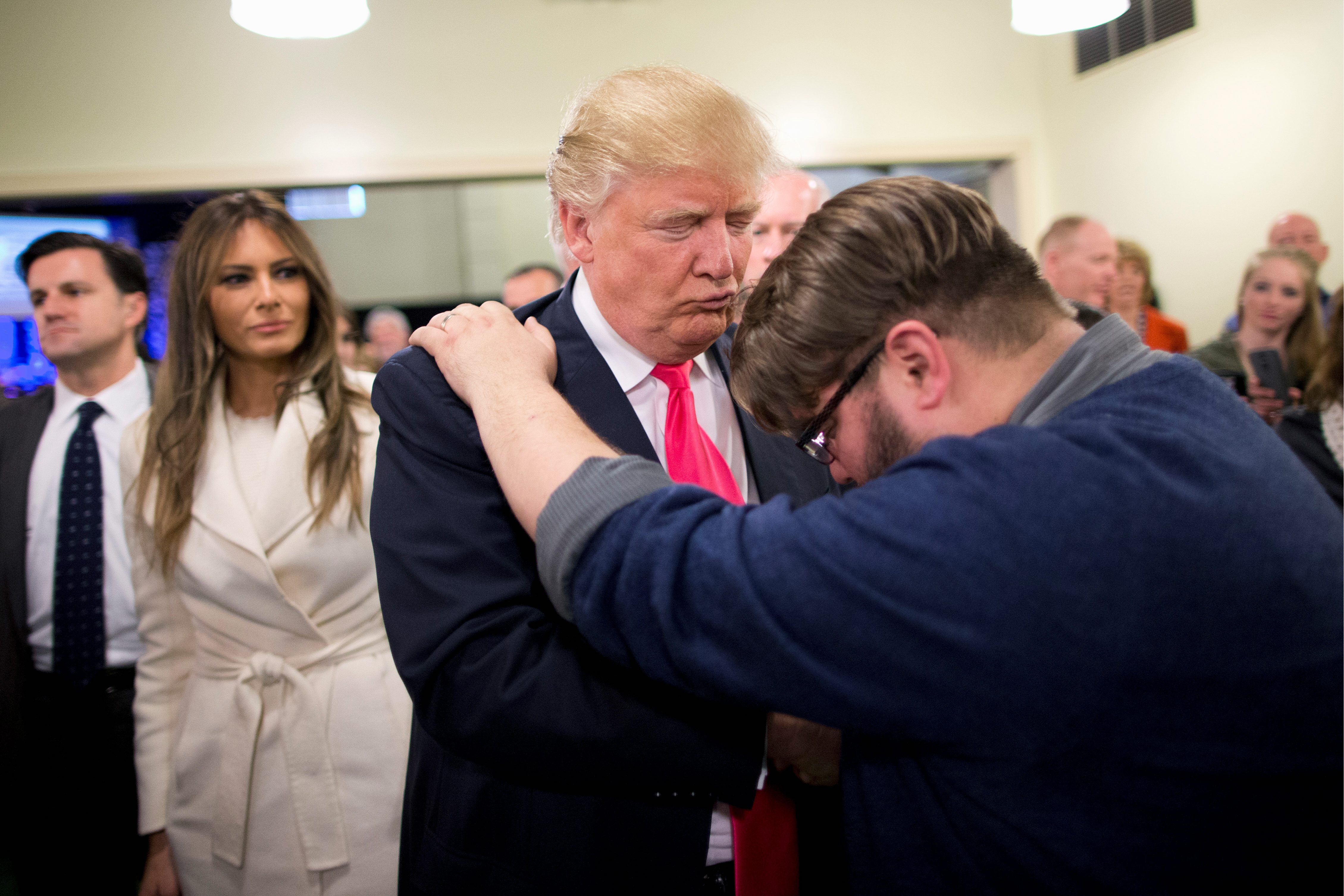
Reports suggest the gap between evangelical leaders and laypeople on the issue of accepting and resettling Syrian refugees has widened during this election season. The evangelical attitudes about Syrian refugees have been disputed as some conservative Christian leaders and politicians have called for restrictions against such immigration out of concern for the influence of terrorism, while evangelical refugee organizations have been active in such resettlement efforts [see Oct. RW for more on this subject]. A presentation by Randall Reed of Appalachian State University on evangelical attitudes about Syrian refugees on social media at the late October meeting of the Society for the Scientific Study of Religion suggests that evangelical laypeople may be more open to such immigration than the leadership. Using a method known as sentiment analysis, Reed tried to gauge the emotions of visitors to Facebook through their comments and other reactions (“likes” or just “amens”) to posts by evangelical leader Franklin Graham on the refugee crisis.
Reed studied 28 posts and 68,000 comments from 2015-2016 on the page and found that as the election season neared, laypeople’s responses to Graham’s increasing criticisms and attacks on U.S. policy of welcome to such refugees tended to move in the opposite direction. By 2016 the number of “likes” and other signs of agreement had significantly declined compared to the average responses on other issues. This trend might mean a growing level of distrust toward leaders and a split between opinion leaders and followers, at least in the case of such a prominent leader as Franklin Graham.
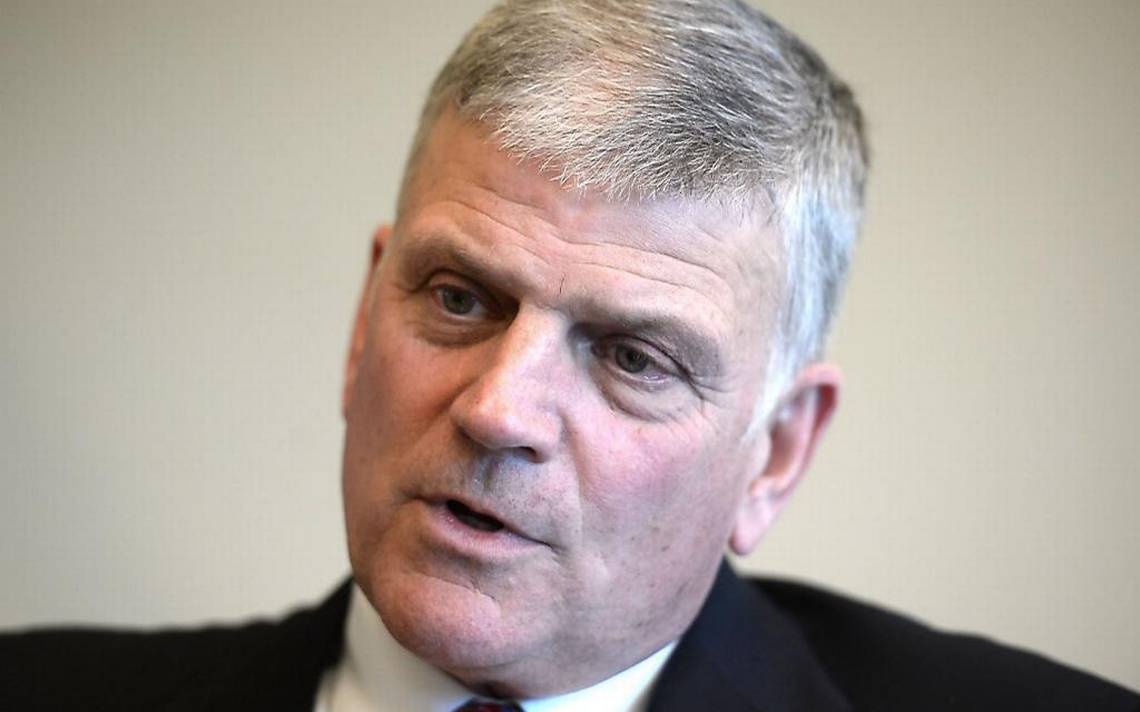
Congregations are continuing to leave the Presbyterian Church (USA), with the most likely departing candidates being churches from the suburbs in Northeast and Western states and those showing growth, according to a study by Perry Chang of the denomination’s research office. Chang, who presented a paper at the recent meeting of the Society for the Scientific Study of Religion, found that the larger congregations are part of the latest wave leaving the denomination, a trend which started after the PCUSA approved gay ordination in 2011 and began conducting same-sex marriages in 2014. Using U.S. Congregational Life surveys and annual statistics from regional presbyteries, Chang also found that those congregations with high numbers of young people have also been more likely to leave. Those congregations with predominantly older members are the least likely to leave the denomination. Chang also found that the conservative attitudes of worshippers were the most likely predictor in leaving the denomination.
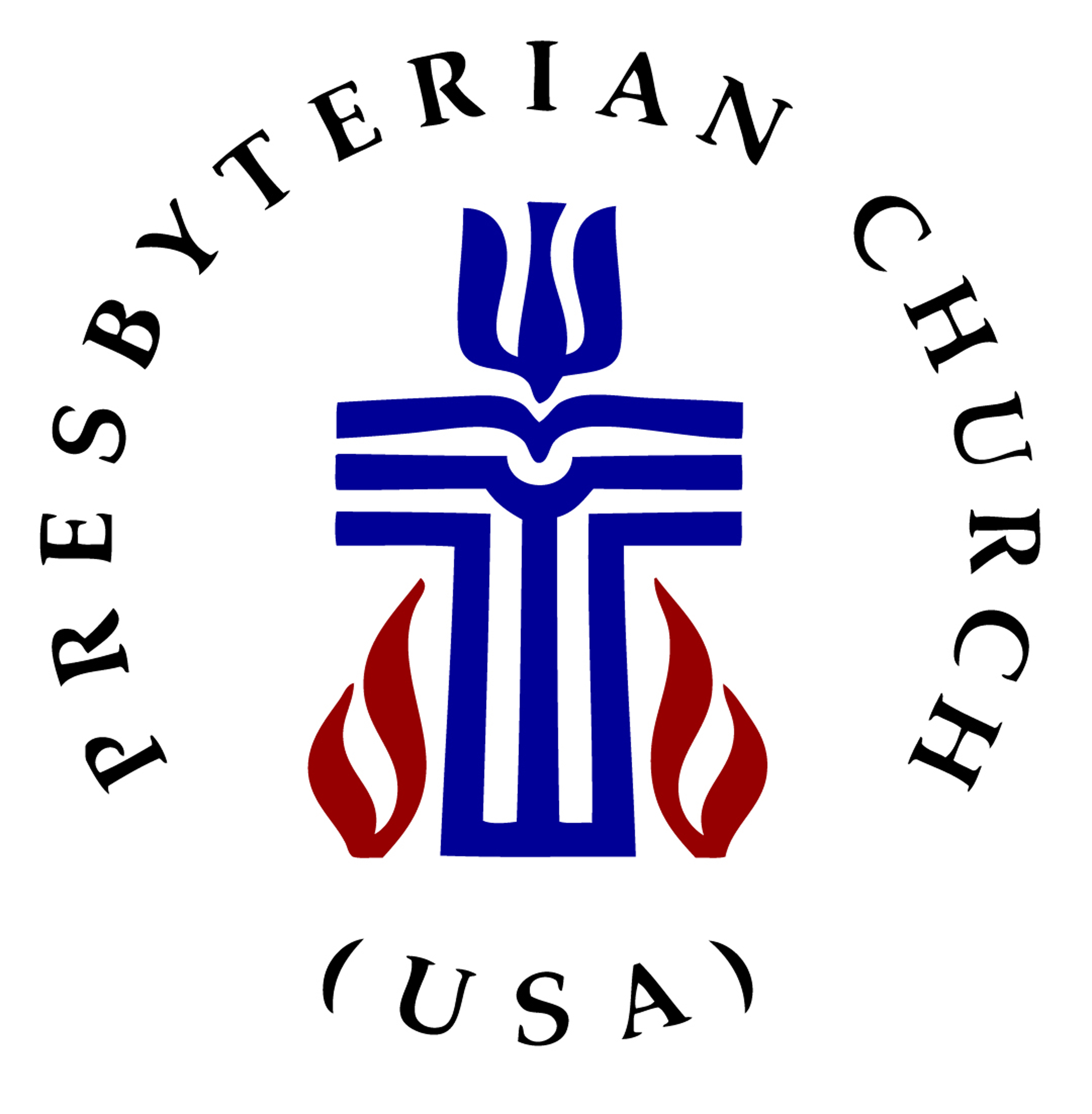 Are more micro-level mechanisms contributing to bipartisan progressive shifts in opinion surrounding moral issues such as gay rights rather than a large-scale “culture war” between secular and religious Americans? That is the view presented by Delia Balddassarri, a sociologist at New York University, at a seminar run by INCITE (Interdisciplinary Center for Innovative Theory and Practice) at Columbia University in late October, which RW attended. In looking at how gay rights became a less-polarized moral issue for both parties, she argued that the acceptance of gay rights can be explained by the desegregation of gay people in our social networks—gays are loosely diffused among different social networks with non-gay people. Furthermore, gay people were able to disclose their sexual identities selectively in their social network. Someone would feel more comfortable in exposing his or her homosexuality, in the expectation of more tolerance, to family or extended family members who may or may not have a bias against gay people than to non-family members. And many families found out about gay people within immediate or extended families, which helped them to conceptualize homosexuality as a less important moral issue.
Are more micro-level mechanisms contributing to bipartisan progressive shifts in opinion surrounding moral issues such as gay rights rather than a large-scale “culture war” between secular and religious Americans? That is the view presented by Delia Balddassarri, a sociologist at New York University, at a seminar run by INCITE (Interdisciplinary Center for Innovative Theory and Practice) at Columbia University in late October, which RW attended. In looking at how gay rights became a less-polarized moral issue for both parties, she argued that the acceptance of gay rights can be explained by the desegregation of gay people in our social networks—gays are loosely diffused among different social networks with non-gay people. Furthermore, gay people were able to disclose their sexual identities selectively in their social network. Someone would feel more comfortable in exposing his or her homosexuality, in the expectation of more tolerance, to family or extended family members who may or may not have a bias against gay people than to non-family members. And many families found out about gay people within immediate or extended families, which helped them to conceptualize homosexuality as a less important moral issue.
Along this line, selective disclosure of sexual identity by measuring either positive or negative attitudes towards gay people through conversation with others allowed people to join social networks of people who have a similar view of homosexuality. Thus, this diffused social network of gay people contributed to making gay rights non-polarizing moral issues of Democratic and Republican Party members. Given the fact that most evangelicals, for instance, have not changed their views on homosexuality, Balddassarri’s argument doesn’t seem to reflect the reality of diverse religious groups with distinct moral values. But she maintains, as she wrote in an American Journal of Sociology article in 2014, that cultural wars are limited conflicts fought on narrow policy fronts under special political leadership.—By K.T. Chun, a New Jersey-based writer who teaches sociology at Berkeley College
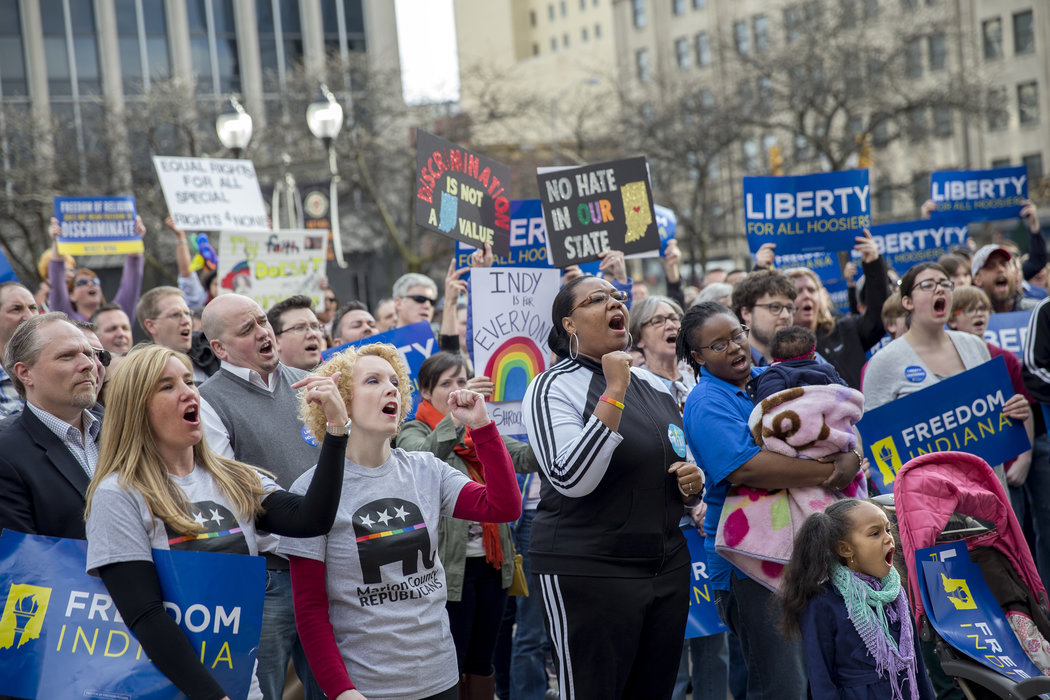
Roman Catholics make up 17.7 percent of the world population (1.27 billion people) and are experiencing an increase everywhere—with Africa coming out at the top. It is only in Europe that the number of Roman Catholics is decreasing, according to Vatican statistical data released by the news agency Fides (October 21) on World Mission Day. The information is based on data that was current at the end of year 2014. There are more than 5,200 bishops, with nearly 4,000 of them serving as diocesan bishops. The number of priests (more than 415,000, including both diocesan priests and members of religious orders) is on the increase, especially in Africa and in Asia, while there is a constant decline in Europe (less 2,500 priests in 2014, nearly 2,000 of them being diocesan priests). The number of seminarians is decreasing everywhere, except in Africa.
The Catholic Church Statistics 2016 with summary statistical tables can be downloaded from the URL: http://www.fides.org/en/attachments/view/file/STATISTICHE_2016ENGLISH.doc
